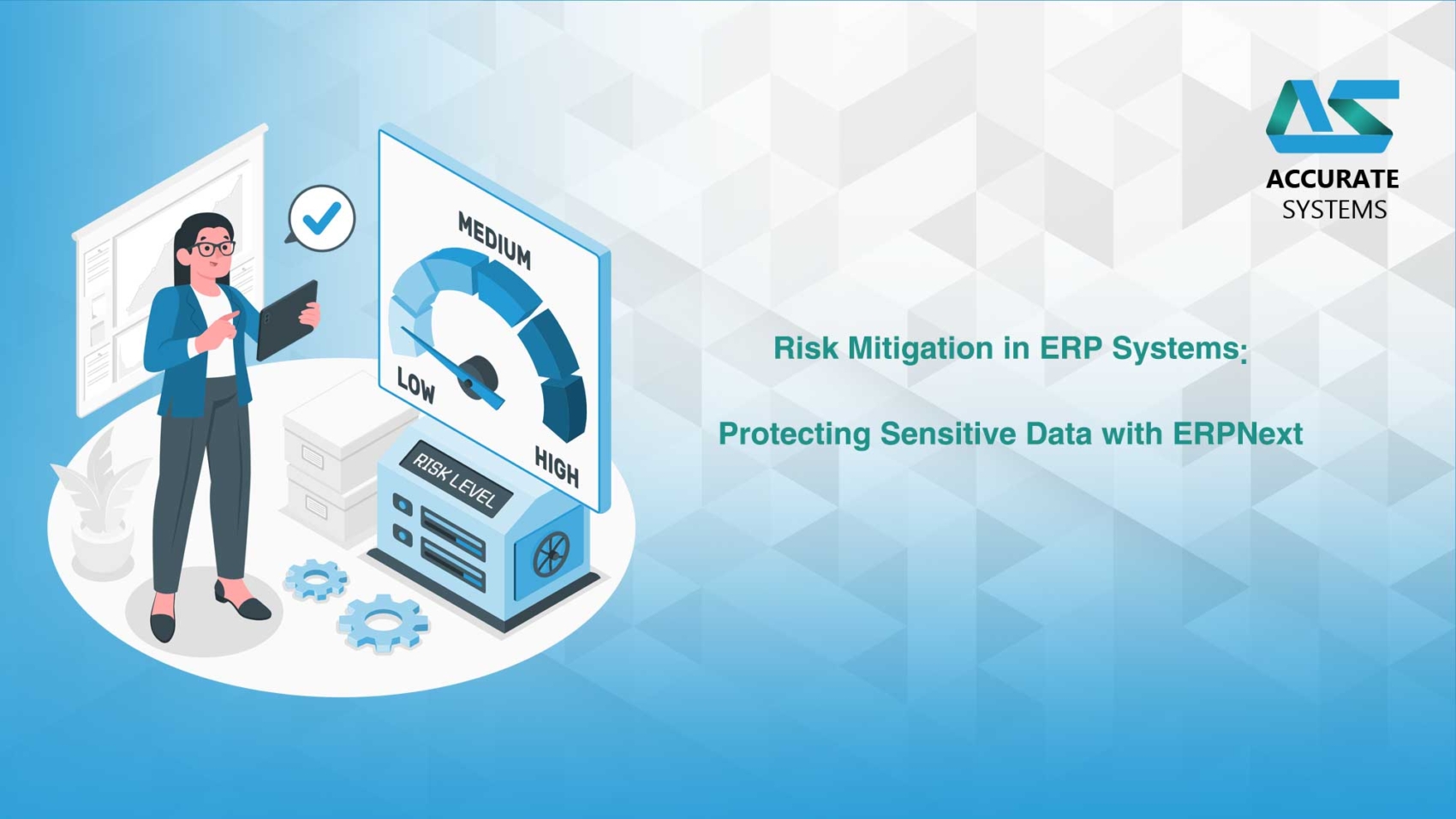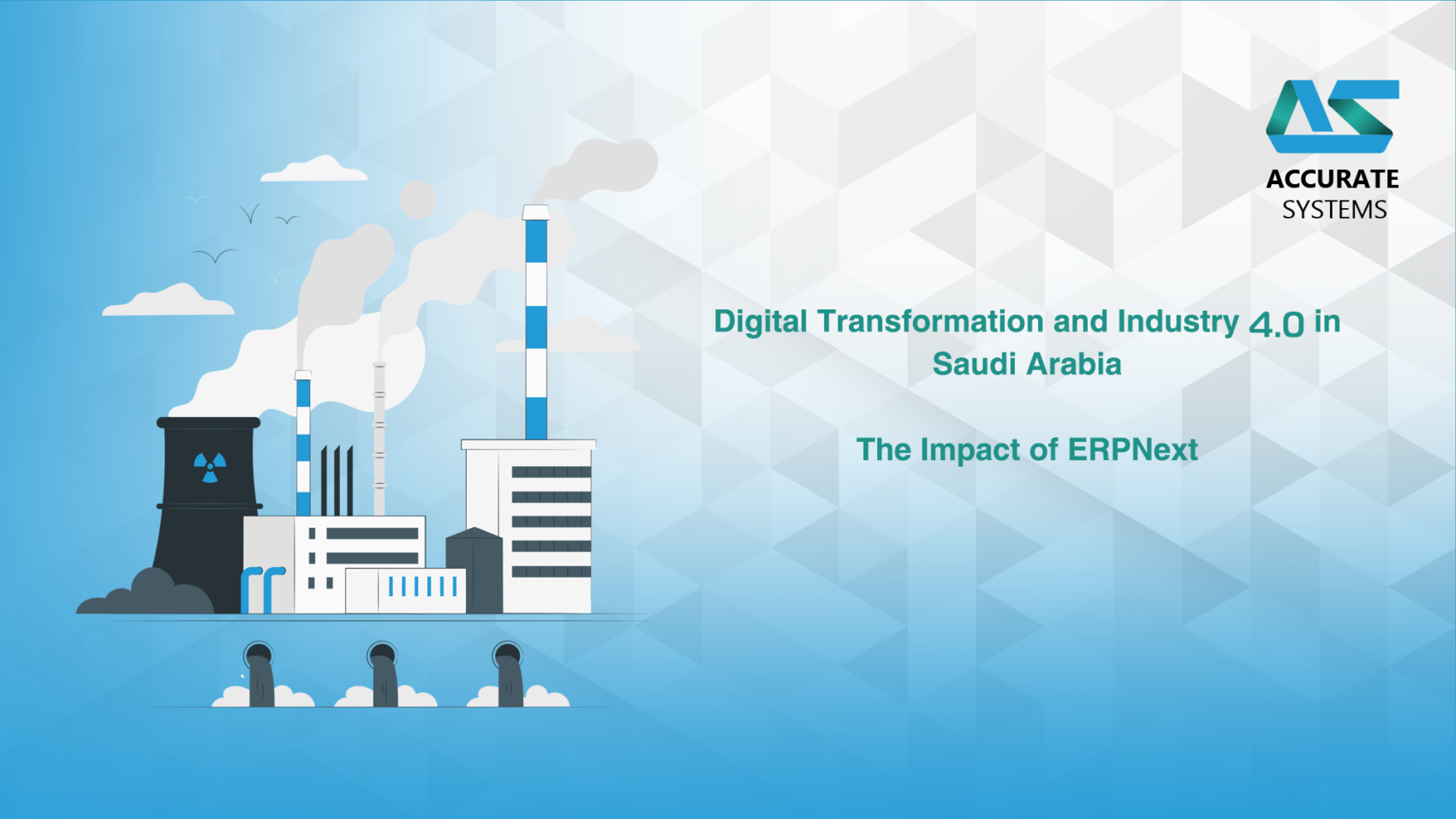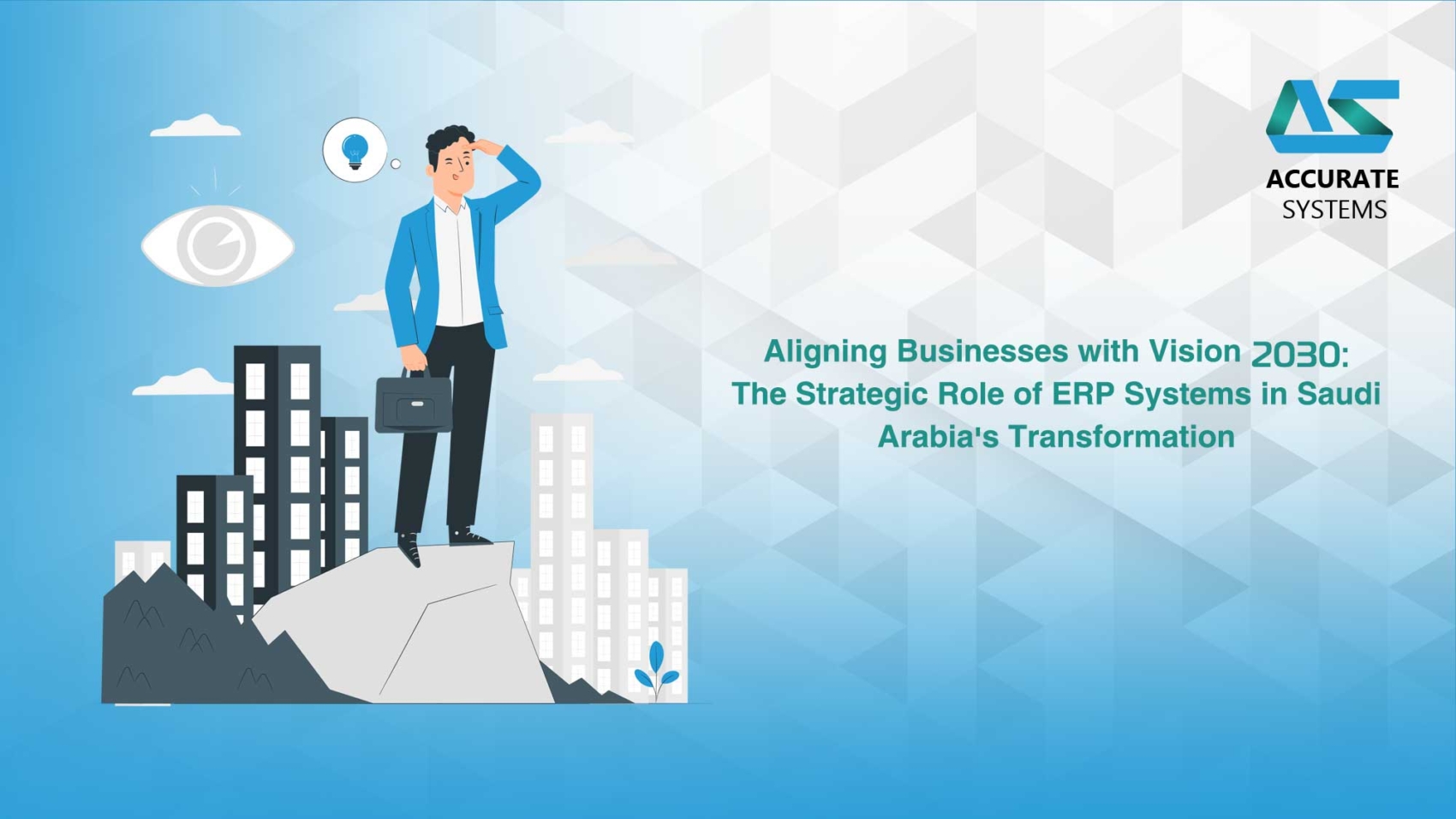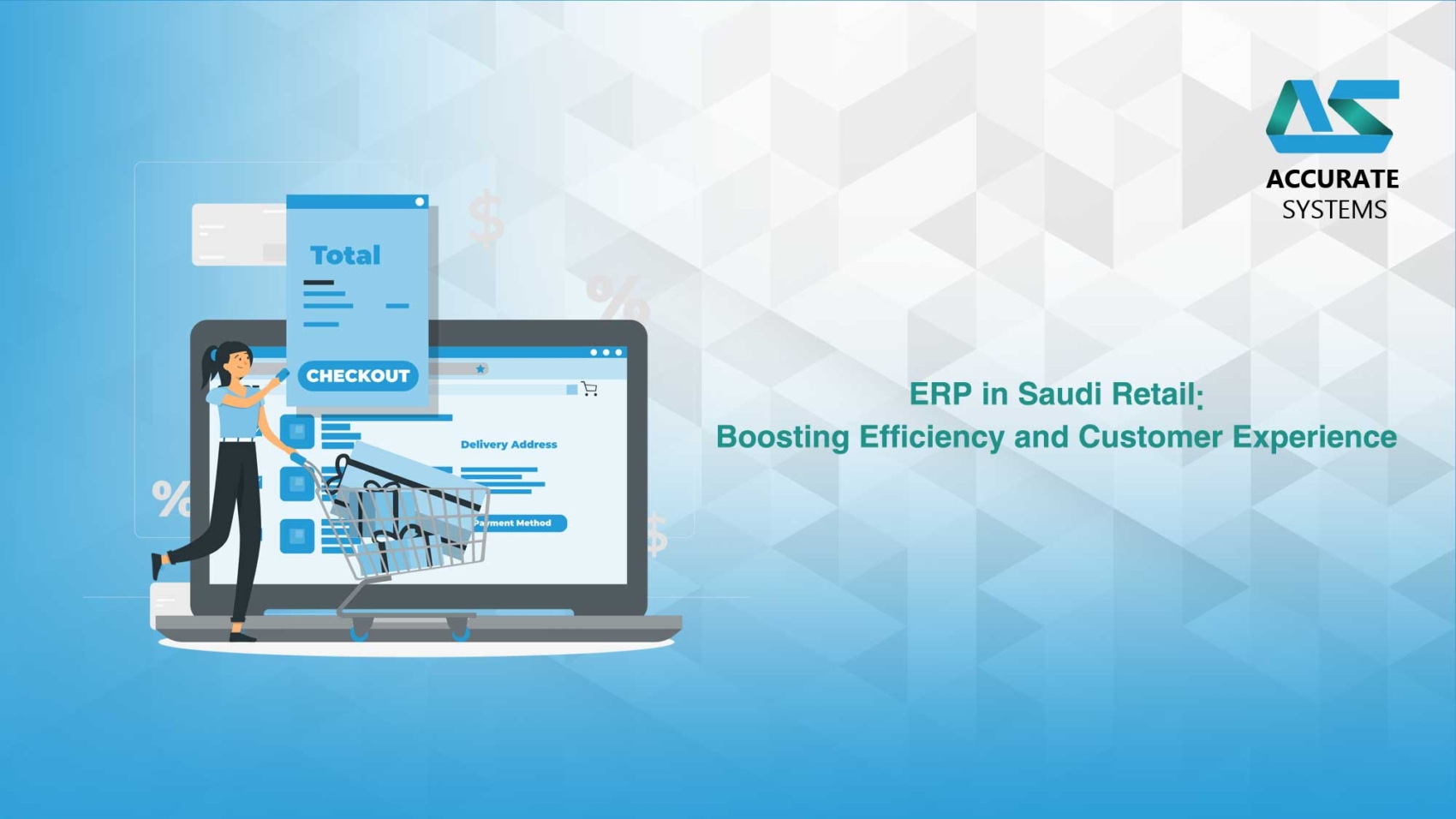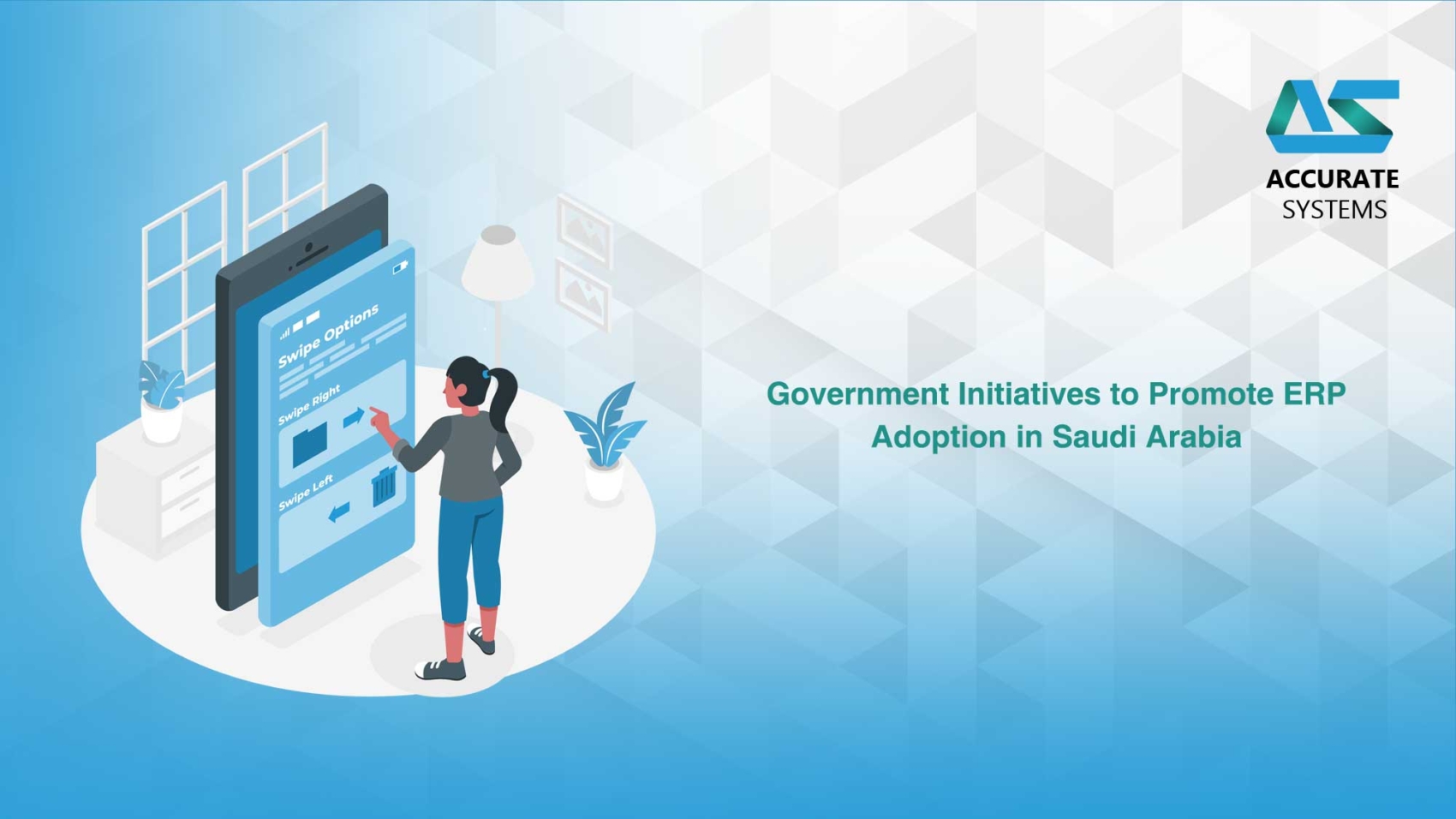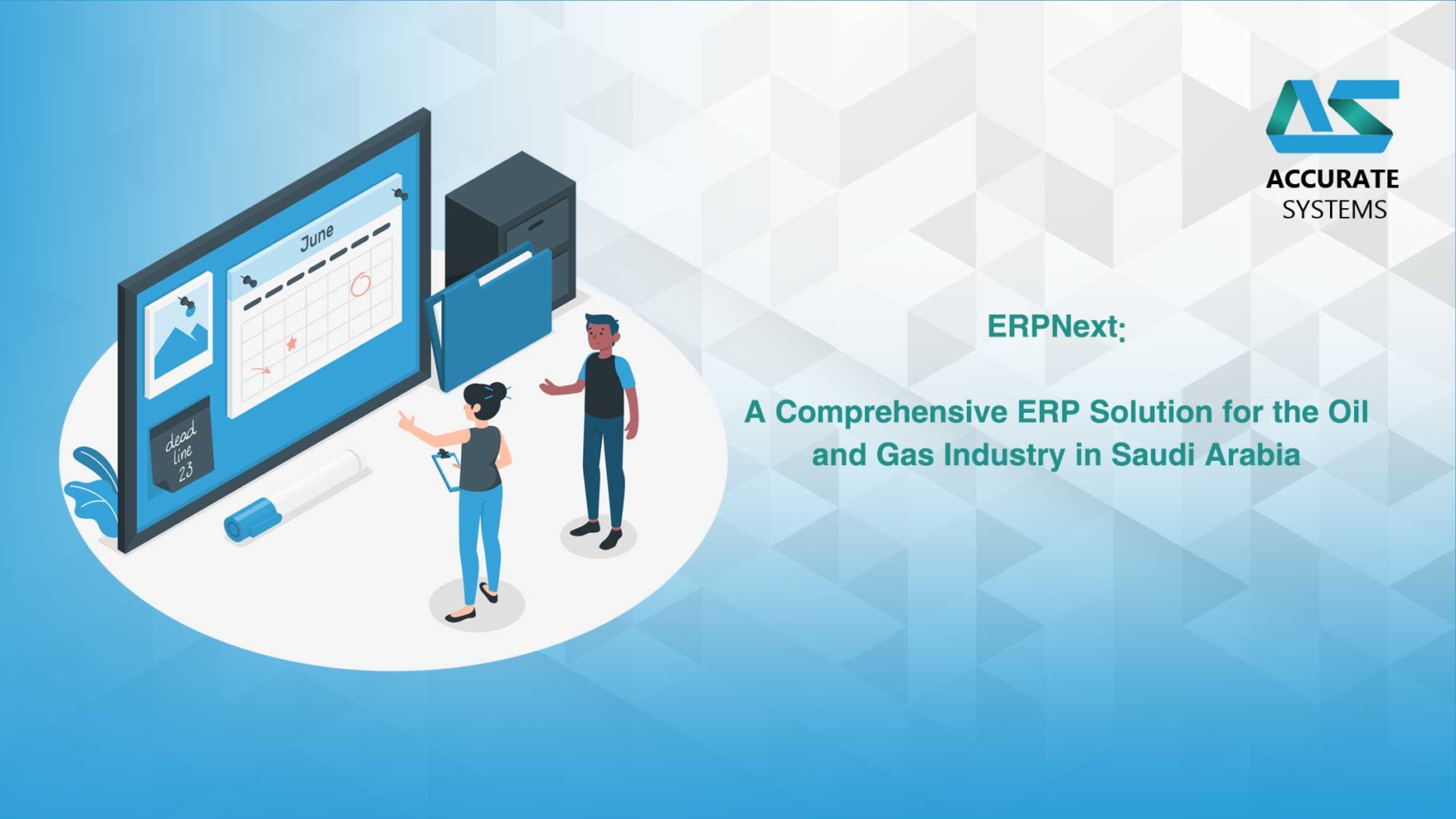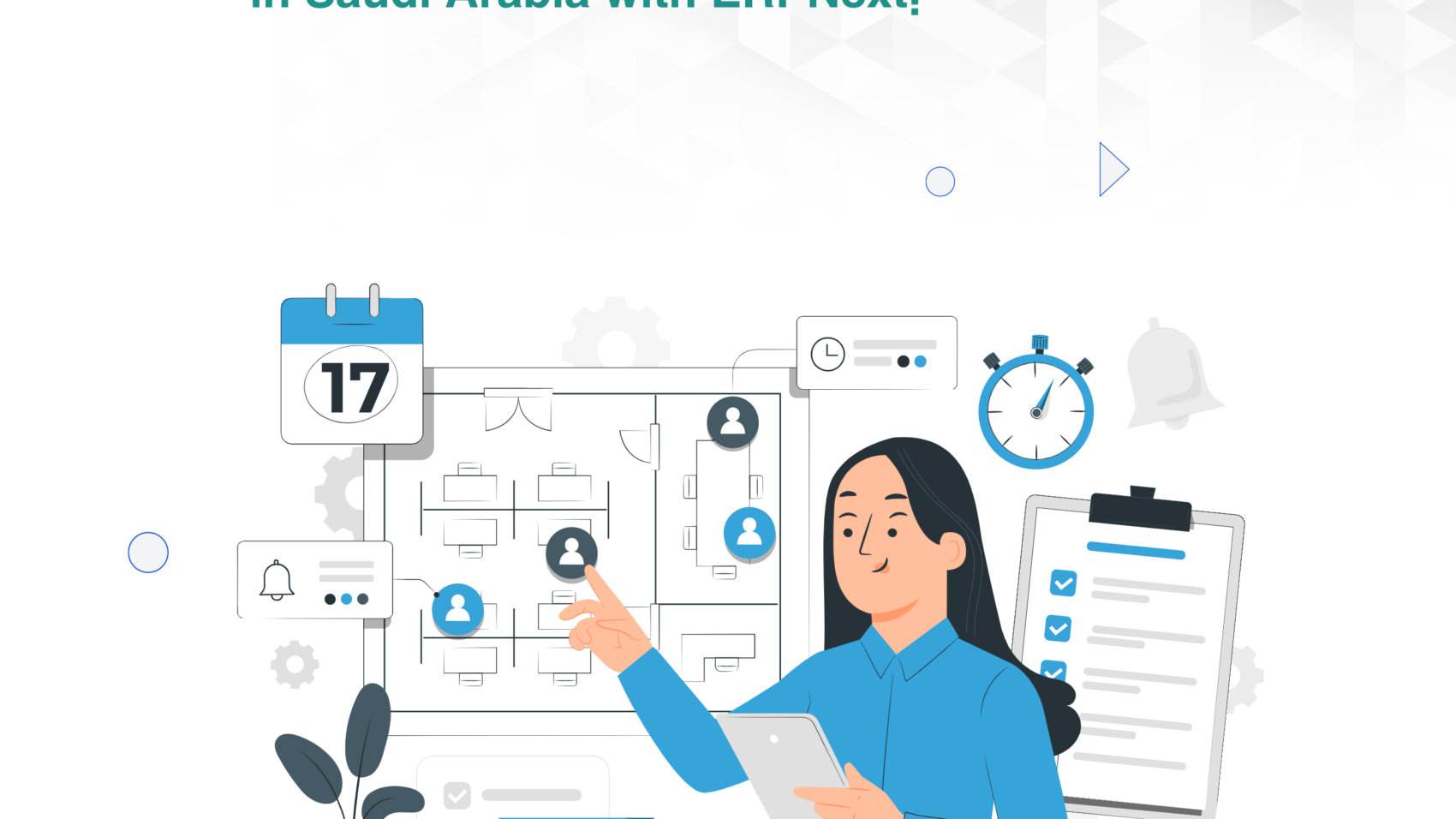Enterprise Resource Planning (ERP) systems are critical tools for modern businesses. They efficiently manage processes and data, but they also store sensitive information that must be safeguarded. Popular open-source ERP solutions like ERPNext are no exception—they must incorporate strong security measures to protect data against cyber threats, loss, or corruption. This guide will walk you through how risk mitigation can be effectively achieved in ERP systems, specifically using ERPNext.
Understanding the Risks in ERP Systems
ERP systems are vulnerable to numerous risks, making risk mitigation an important aspect of their implementation and maintenance. Here are some of the key threats that ERP users, particularly those on ERPNext, should be aware of:
- Cyberattacks
- Cybercriminals may attempt to gain unauthorized access to ERP systems using techniques such as hacking, phishing, or social engineering.
- Data Breaches
- Breaches can lead to exposure of sensitive data, resulting in financial losses, reputational harm, and even regulatory fines.
- Internal Threats
- Insiders, such as employees with access to the ERP system, may misuse their privileges, potentially leading to data theft or manipulation.
- Natural Disasters
- Events like fires, floods, or power outages can cause data loss or damage to physical infrastructure.
By understanding these risks, companies can better prepare their ERPNext implementation to withstand potential threats.
Best Practices for Risk Mitigation with ERPNext
Implementing ERPNext with a focus on data security involves adopting several risk mitigation strategies. Below are the best practices to protect sensitive data within an ERP system.
1. Access Controls for Enhanced Security
Access control is the foundation of a secure ERP implementation:
- Use role-based access control (RBAC) to assign permissions based on job roles, limiting access to only what each user needs.
- Enforce strong password policies and use multi-factor authentication (MFA) to enhance login security.
- Regularly review user permissions and make necessary updates to revoke unnecessary access.
2. Data Encryption for Protection
Encryption is a key measure in protecting sensitive data in ERPNext:
- Encrypt all sensitive data at rest and during transmission using strong encryption algorithms.
- Safeguard encryption keys to ensure their integrity.
3. Regular Patching and Updates
ERP systems can be vulnerable to attacks if not properly maintained:
- Keep ERPNext and related components updated with the latest security patches.
- Monitor security advisories from ERPNext to ensure that you are aware of vulnerabilities and follow best practices to mitigate risks.
4. Security Awareness Training
The human factor is often the weakest link in cybersecurity:
- Conduct regular security awareness training for employees. Teach them how to identify phishing emails and other common threats.
- Emphasize the importance of keeping sensitive data confidential.
5. Data Backup and Recovery Strategies
A solid backup plan can help mitigate the impact of potential data loss:
- Implement regular data backups to ensure recoverability in case of a data loss or security breach.
- Regularly test these backup procedures to confirm that they work as expected.
6. Incident Response Planning
Preparing for incidents helps minimize disruptions:
- Develop a detailed incident response plan to respond promptly to security issues.
- Form an incident response team and provide them with the necessary training and resources to tackle breaches effectively.
7. Conduct Regular Security Assessments
Regular assessments help in understanding the current security landscape of your ERP system:
- Perform frequent security assessments to evaluate your current security measures and discover vulnerabilities.
- Engage a third-party auditor for an independent review of the security posture of your ERPNext deployment.
8. Compliance with Regulations
Ensure compliance with data protection regulations:
- Make sure your ERPNext system complies with relevant privacy and security regulations, such as GDPR or CCPA.
- Stay updated with regulatory changes to adjust security measures accordingly.
The Role of ERPNext Providers in Data Security
ERPNext providers, including those utilizing the Frappe Framework, play a pivotal role in securing ERP deployments and minimizing risks. Here’s how ERPNext service providers contribute to risk mitigation:
- Security-First Development: Providers should implement security from the very beginning of the ERP development lifecycle.
- Invest in Security Research: Constant research on emerging vulnerabilities helps ERPNext providers stay a step ahead of cyber threats.
- Training and Support: Providers must offer adequate training and support to help businesses manage their security configurations effectively.
- Transparency: Clear communication is essential—providers should inform customers about security incidents and the steps taken to mitigate risks.
Conclusion: Securing ERPNext for Risk Mitigation
To protect sensitive data effectively in ERP systems like ERPNext, adopting a combination of technical measures, user awareness, and systematic planning is crucial. By implementing access controls, using data encryption, staying compliant with regulations, and leveraging the best practices outlined above, businesses can significantly lower the risk of data breaches and other security threats. Collaborating closely with ERPNext providers who prioritize security will further enhance the system’s resilience.
Key Takeaways:
- Secure your ERPNext system with robust access control and encryption.
- Keep your ERP solution updated, conduct regular security assessments, and prepare incident response plans.
- Engage with ERPNext providers who have a security-first mindset to maximize your data protection efforts.
Properly mitigating risks in ERP systems like ERPNext will not only protect sensitive information but also safeguard your business’s reputation and operational integrity. With the right risk mitigation strategies, you can confidently manage your enterprise processes while keeping threats at bay.

